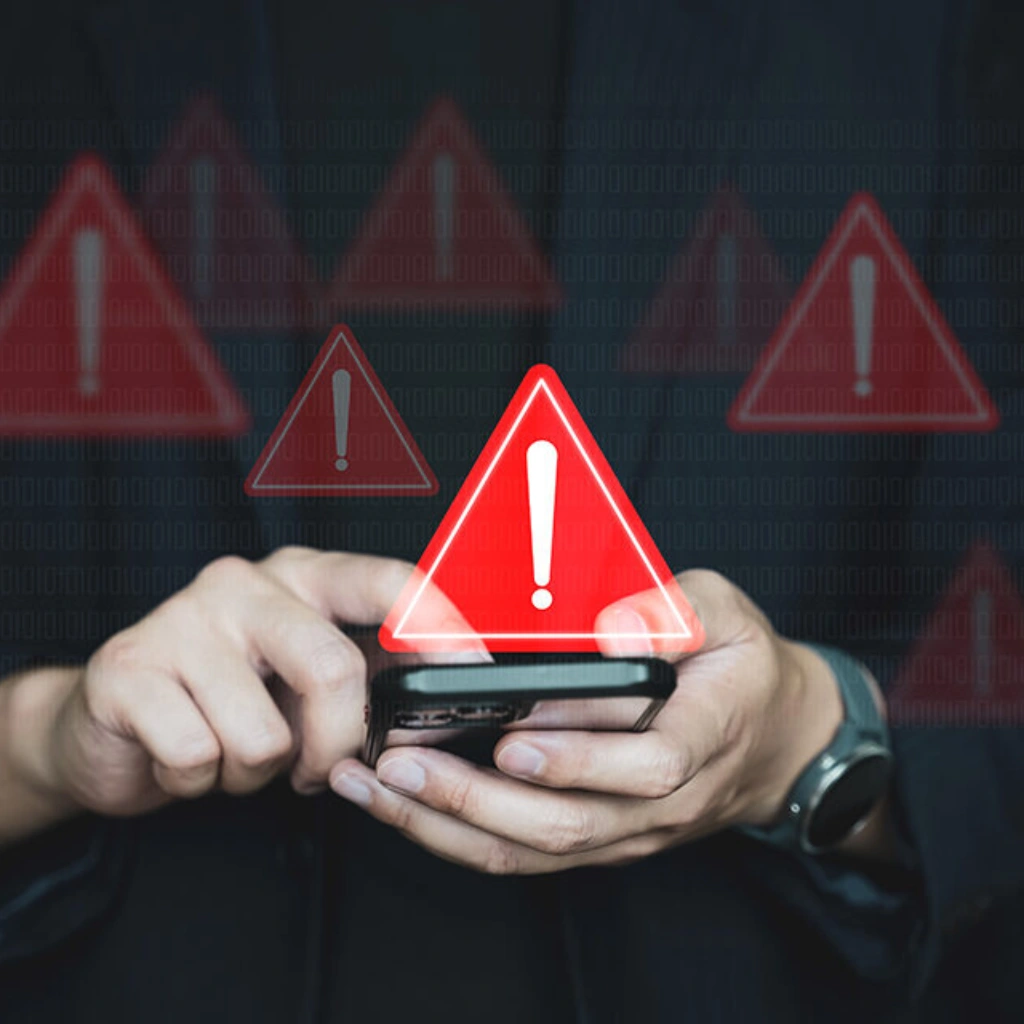Top Signs for Fake Project Detection: Spotting Telegram Scams Before They Hit Your Wallet
February 8, 2025

So, you’ve landed in a Telegram crypto group and suddenly someone’s pitching a “hot new project” promising guaranteed returns. Sounds familiar, right? Let’s be honest—Telegram is both a hub for innovation and a playground for scams. The trick? Mastering fake project detection to avoid getting burned.
Here’s a handy roundup of top signs to watch for. Use these clues to protect yourself before it’s too late.
1. Check the Messenger Before the Message: Fake Project Detection Starts Here
Fake project detection starts with the sender. Is the account brand-new with zero history? Do they slide into your DMs uninvited? Weird usernames stuffed with numbers or odd spellings? And are they unusually pushy? These are classic red flags.
A legit project doesn’t spam strangers—it builds trust. If questions get dodged or answered with urgency and weird voice notes, it’s time to step back.


2. Spot the Classic Red Flags
Scams love clichés: “Limited time offer!” “Guaranteed returns with zero risk!” “Early birds get double rewards!” If you’ve heard it on late-night infomercials, you know it’s suspect.
Fake project detection means tuning into these patterns, not just a single lie. Is everything too polished, too vague, or moving too fast? Then something’s off. Don’t forget to check their website. Typos? Buzzword-filled roadmaps with no substance? Invisible or unverifiable team members? These slip-ups are giveaways.

3. Fake Project Detection Tip: Always Trace the Paper Trail for Real Proof
Real projects usually share some proof:
- Whitepapers (not just a Google Translate job)
- GitHub or public dev updates
- Partnerships you can verify
- Active communities (not bots chanting praise)
Also, don’t stop at official links—check Reddit, Twitter, and Medium for real chatter. Zero buzz or suspiciously perfect praise? Both are warning signs.

4. Smart Contract Checks
If you’re dealing with tokens, fake project detection means looking up the smart contract on blockchain explorers like Etherscan or BscScan. Are there real transactions? Is liquidity locked? Any large suspicious transfers?
Watch for cloned contracts too—some scammers copy legit ones but tweak details. If possible, compare contract addresses or ask a developer friend to double-check.

5. Transparency is Key
Beyond tech, transparency matters. Is the Telegram group active with real users asking hard questions? Are devs engaging or hiding behind bots? Check if partnerships can be verified and whether independent reviews exist outside Telegram. Projects with hype but no outside chatter? Proceed cautiously.
6. When in Doubt, Take Your Time
It’s tempting to jump in fast, especially when FOMO hits hard. But sometimes, the smartest move is to wait. Observe the project for days. Ask uncomfortable questions. If answers are dodged or you get kicked out? You just dodged a bullet.
Fake project detection relies on patience, skepticism, and asking “does this really add up?”

Final Thoughts: Fake Project Detection Is Your Best Defense
No need to be a blockchain guru to spot scams. Trust your gut, ask real questions, and don’t let hype cloud judgment.
Telegram can be a goldmine of real innovation, but it’s littered with traps. So, next time a “can’t-miss” project lands in your inbox? Pause. Question. Verify.
Fake project detection might just save you a lot of headache—and money—in the long run.
Relevant news: here

